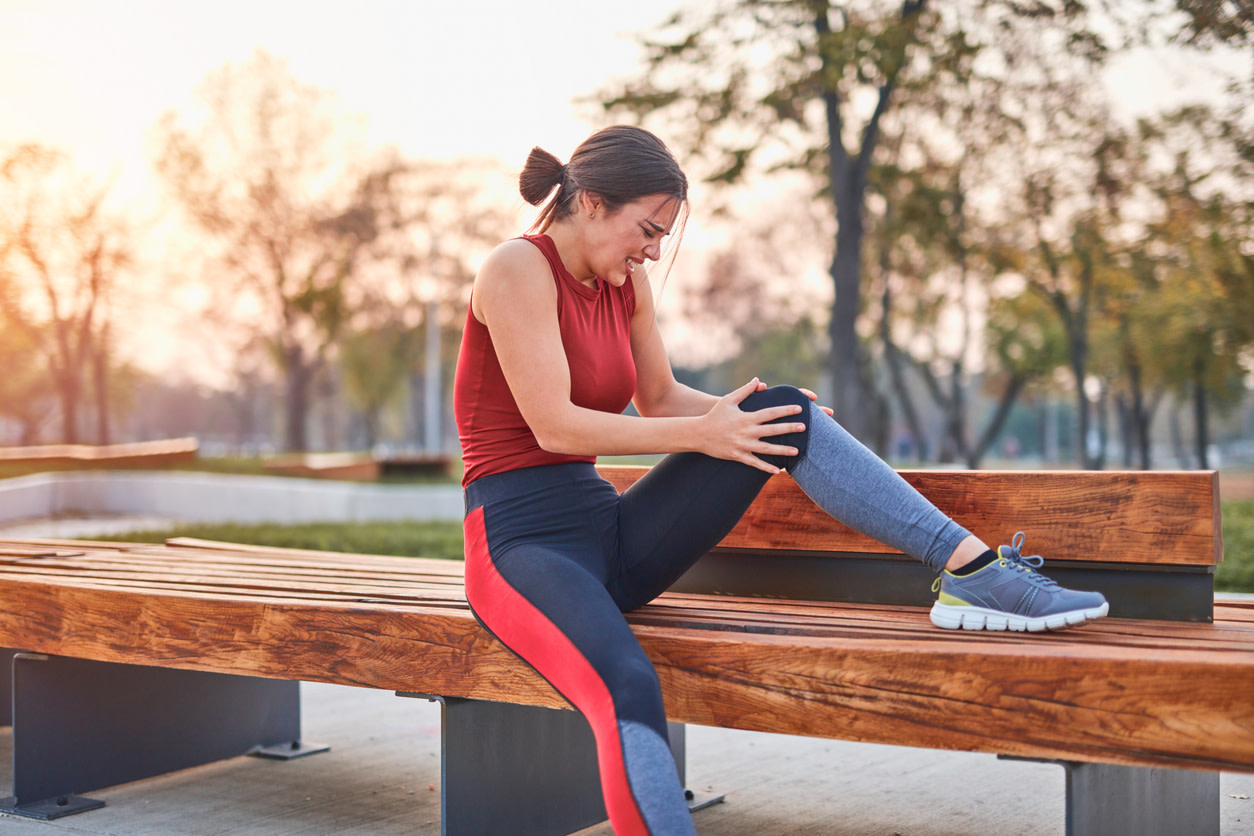Lateral Collateral Ligament (LCL) Injuries: Common Causes and How to Treat It
Learn how physical therapy helps treat LCL injuries and get recommended knee exercises from physical therapists.
$0 costo para usted
Última actualización: Oct 23, 2025
El índice
Fully covered knee pain relief
Find relief from knee pain, knee locking, stiff knees, & more.
Check if I'm eligibleExercises to Protect Your LCL
¿Quieres atención de expertos? Consulta si estás cubierto por nuestro programa gratuito �→- Knee Extension
- Single Leg Stance
- Mini Side Lunge
